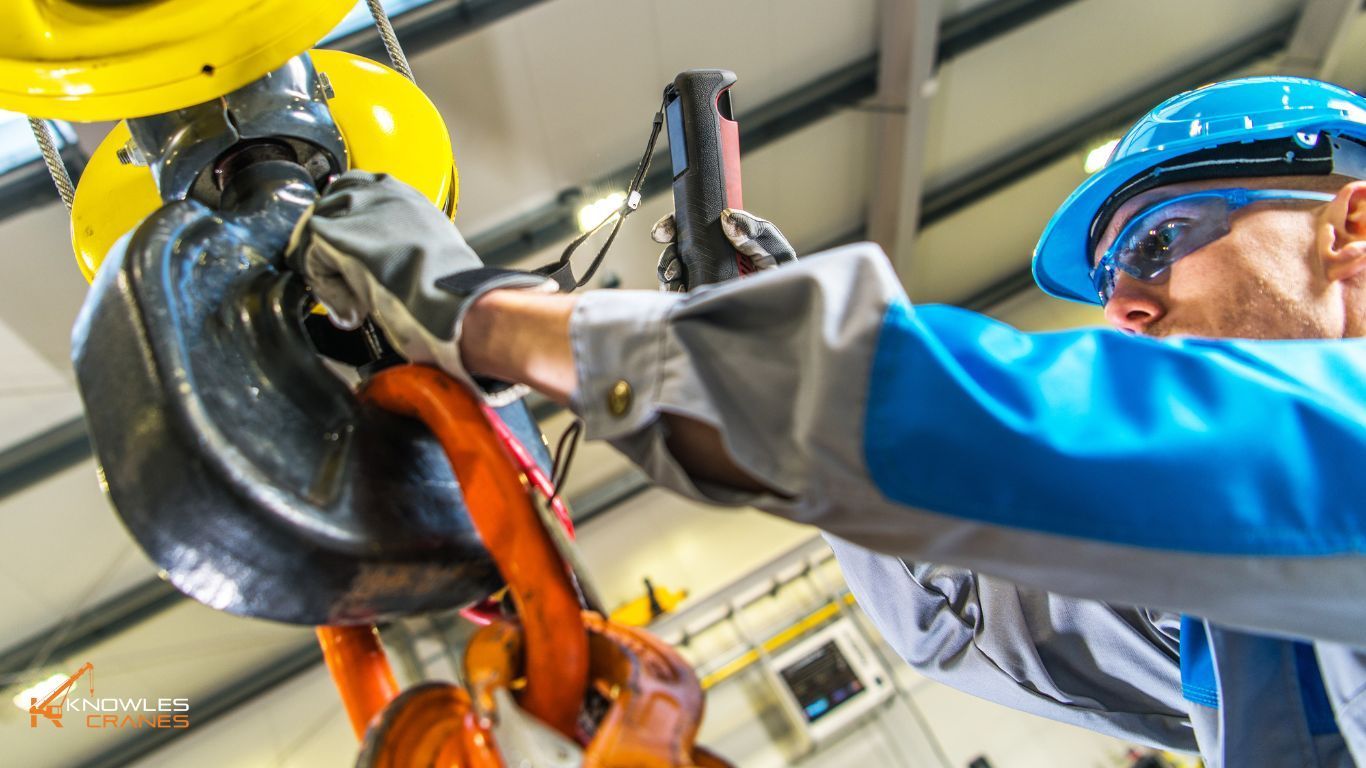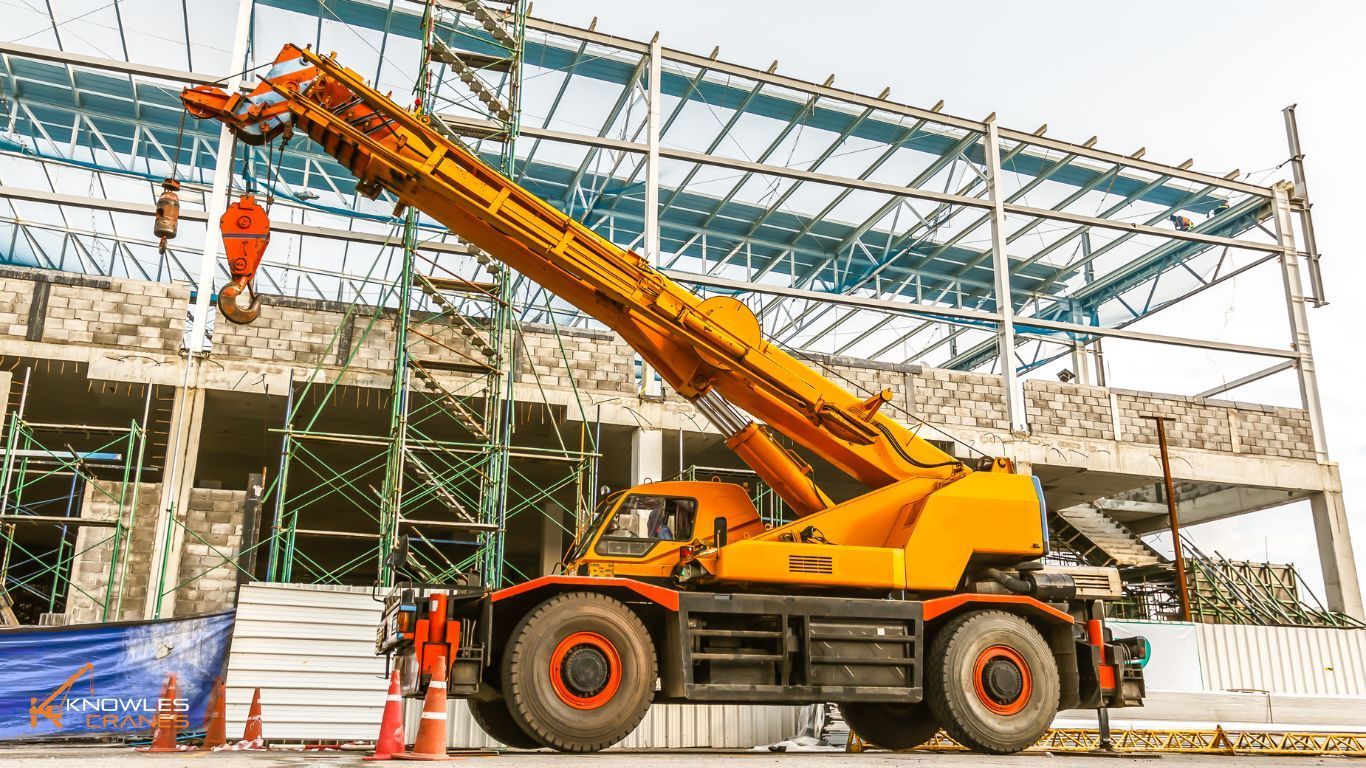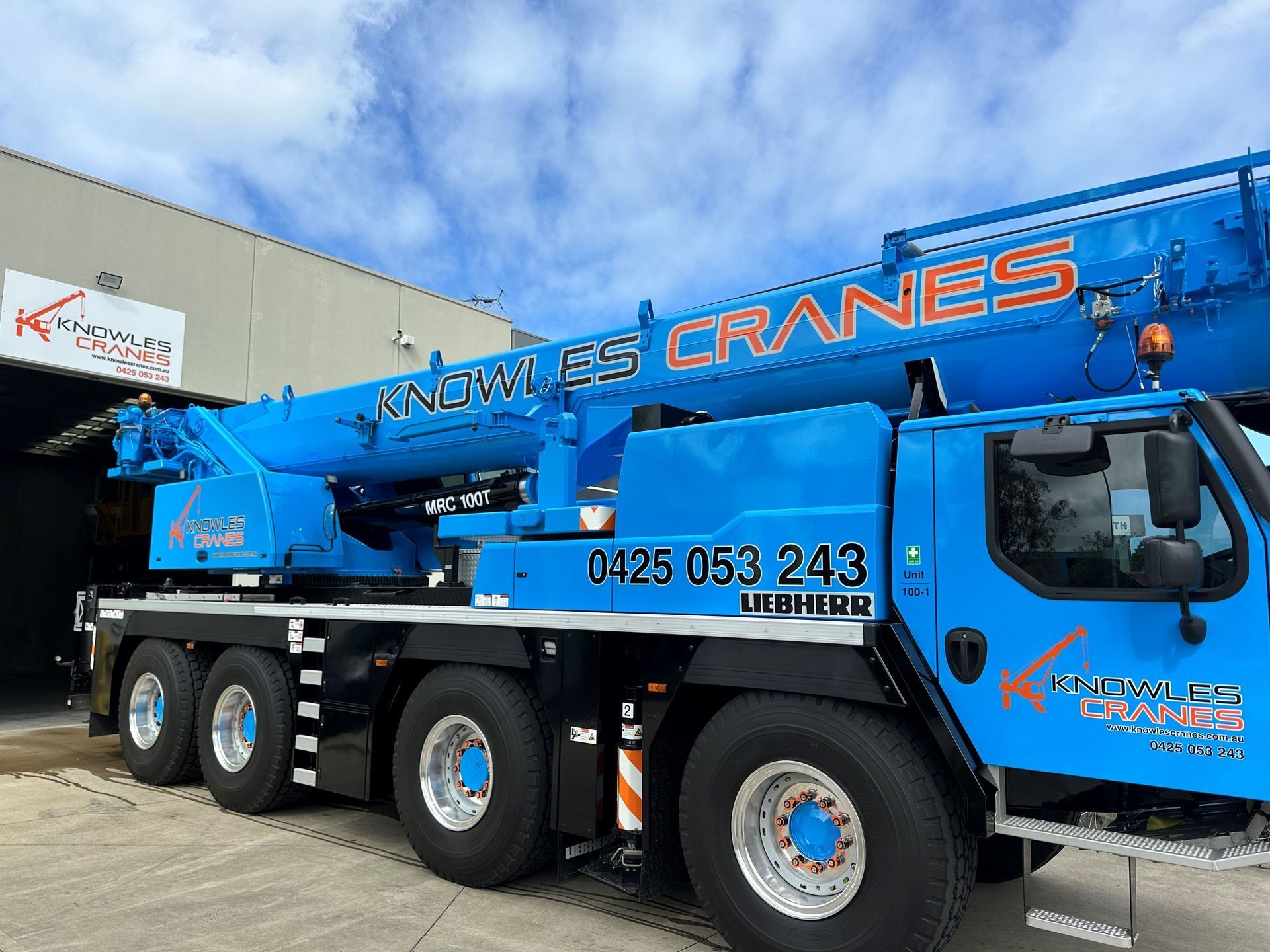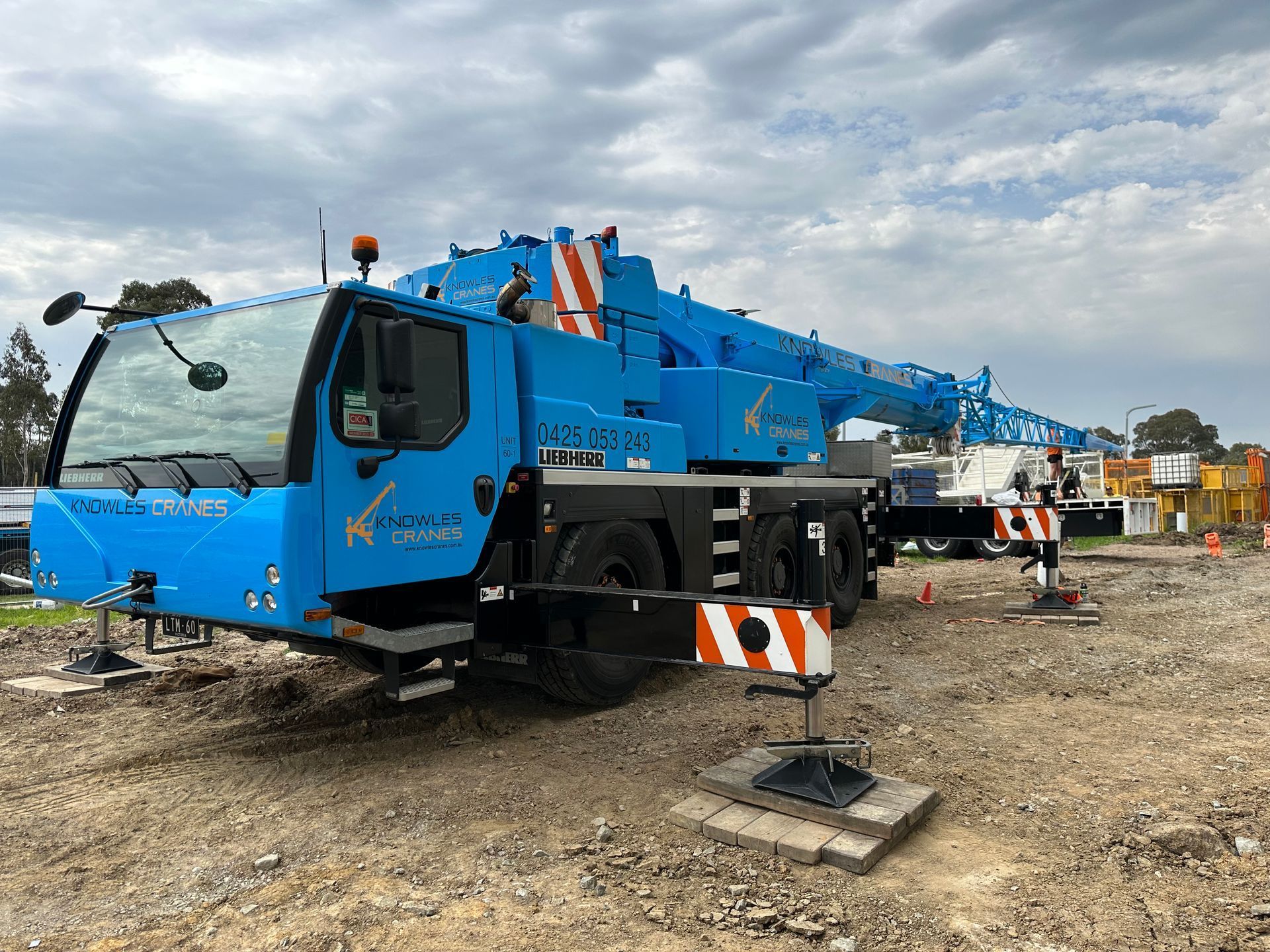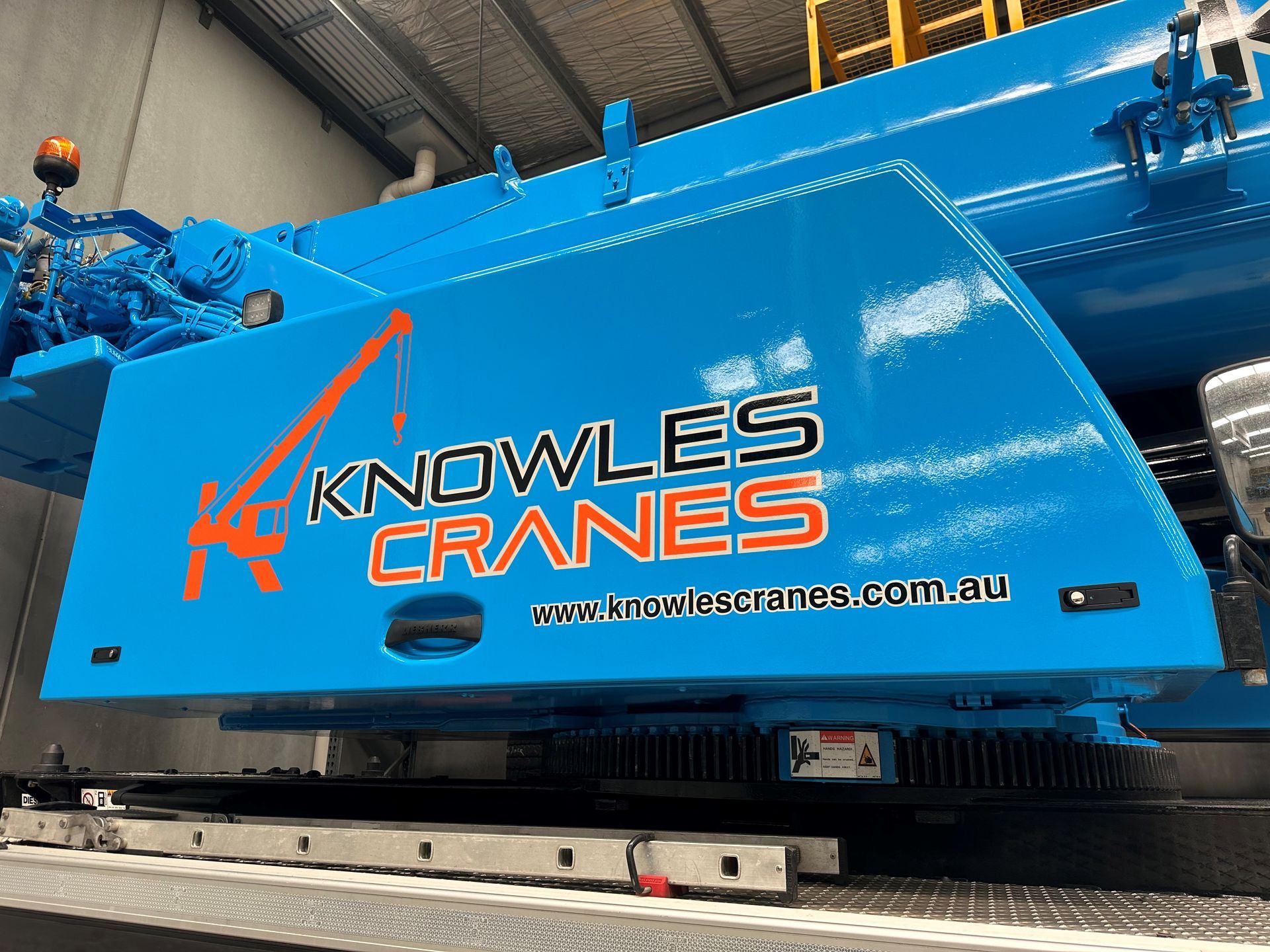Moving Heavy Equipment: A Comprehensive Guide
Moving heavy equipment can be a daunting task, especially if you're not familiar with the process. It requires careful planning, specialised equipment, and expert handling to ensure a safe and efficient move. In this comprehensive guide, we'll delve into the intricacies of moving heavy equipment, from initial planning to final execution.
Understanding the Challenges of Moving Heavy Equipment
Moving heavy equipment presents a unique set of challenges that must be addressed to ensure a successful outcome. Some of the key challenges include:
- Weight and Size: Heavy equipment can be massive and unwieldy, making it difficult to manoeuvre and transport.
- Complex Disassembly and Reassembly: Some equipment may need to be disassembled for transportation and then reassembled at the new location.
- Specialised Transportation Requirements: Heavy equipment often requires specialised transportation, such as low-loader trucks or oversized load permits.
- Site Accessibility and Infrastructure: The destination site must be adequately prepared to accommodate the weight and size of the equipment.
- Safety Considerations: Moving heavy equipment poses significant safety risks, necessitating strict adherence to safety protocols.
Essential Steps for a Successful Move
To mitigate these challenges and ensure a smooth move, follow these essential steps:
- Thorough Planning and Assessment:
- Assess the Equipment: Determine the weight, dimensions, and any specific handling requirements of the equipment.
- Evaluate the Site Conditions: Assess the accessibility of both the origin and destination sites, including factors like floor load capacity, ceiling height, and door clearances.
- Develop a Detailed Moving Plan: Outline the entire moving process, including disassembly, transportation, and reassembly.
- Choose the Right Equipment and Tools:
- Select Appropriate Lifting Equipment: Cranes, forklifts, and hoists are commonly used for lifting and moving heavy equipment.
- Utilise Specialised Tools: Consider using tools like hydraulic jacks, rollers, and dollies to assist in manoeuvring the equipment.
- Hire Professional Movers:
- Partner with Experts: Engage the services of experienced heavy equipment movers who have the necessary expertise and equipment.
- Consider Knowles Crane: Knowles Crane is a reputable crane services provider in Australia, offering reliable and efficient solutions for heavy equipment lifting and transportation.
- Disassemble the Equipment (if necessary):
- Careful Disassembly: If required, disassemble the equipment into manageable components.
- Proper Packaging: Package disassembled components securely to prevent damage during transportation.
- Transport the Equipment:
- Choose the Right Mode of Transport: Select the appropriate mode of transport, such as trucks, trailers, or rail, based on the weight, size, and distance of the move.
- Secure the Load: Secure the equipment to the transport vehicle using appropriate rigging and lashing techniques.
- Obtain Necessary Permits: Obtain any required permits for oversized or overweight loads.
- Reassemble the Equipment:
- Follow Assembly Instructions: Carefully follow the manufacturer's instructions for reassembling the equipment.
- Accurate Alignment and Levelling: Ensure the equipment is properly aligned and levelled.
- Functional Testing: Conduct thorough functional testing to verify that the equipment is operating correctly.
Safety First: Prioritise Safety Throughout the Move
Safety should be paramount throughout the entire moving process. Here are some key safety considerations:
- Adhere to Safety Regulations: Comply with all relevant safety regulations and industry standards.
- Train Your Team: Ensure that all personnel involved in the move are properly trained and understand safety procedures.
- Use Personal Protective Equipment (PPE): Wear appropriate PPE, such as safety helmets, gloves, and safety boots.
- Inspect Equipment Regularly: Regularly inspect all equipment, including cranes, hoists, and rigging gear, to ensure they are in good working condition.
- Communicate Effectively: Maintain clear and effective communication among all team members.
By following these guidelines and working with experienced professionals like Knowles Crane, you can successfully navigate the complexities of moving heavy equipment. Remember, a well-planned and executed move can save time, money, and potential hazards.
Established in 2019, we combine decades of industry expertise to deliver excellent Crane and Rigging services.
Quick Links
Services
© 2024 All Rights Reserved | Knowles Cranes |
Privacy Policy | Website by
Octopus Digital
